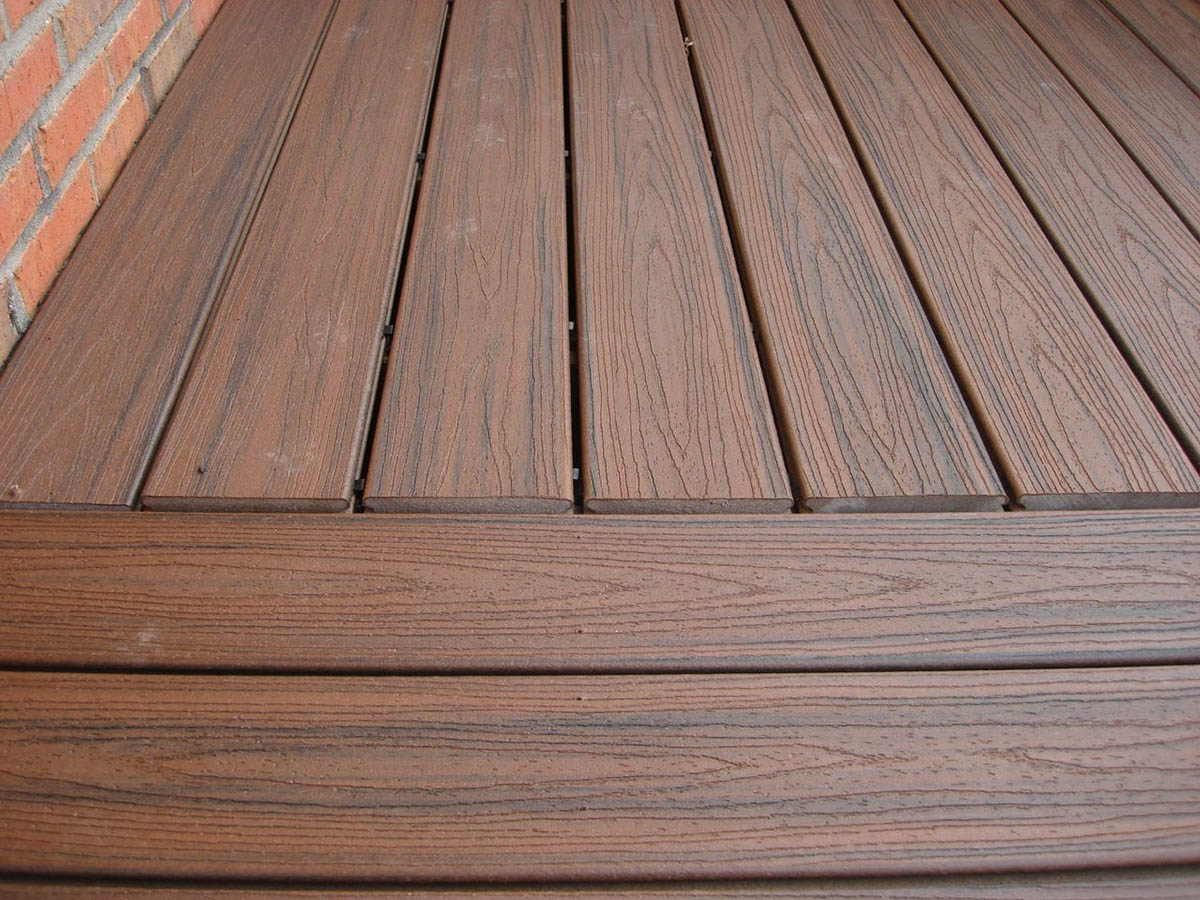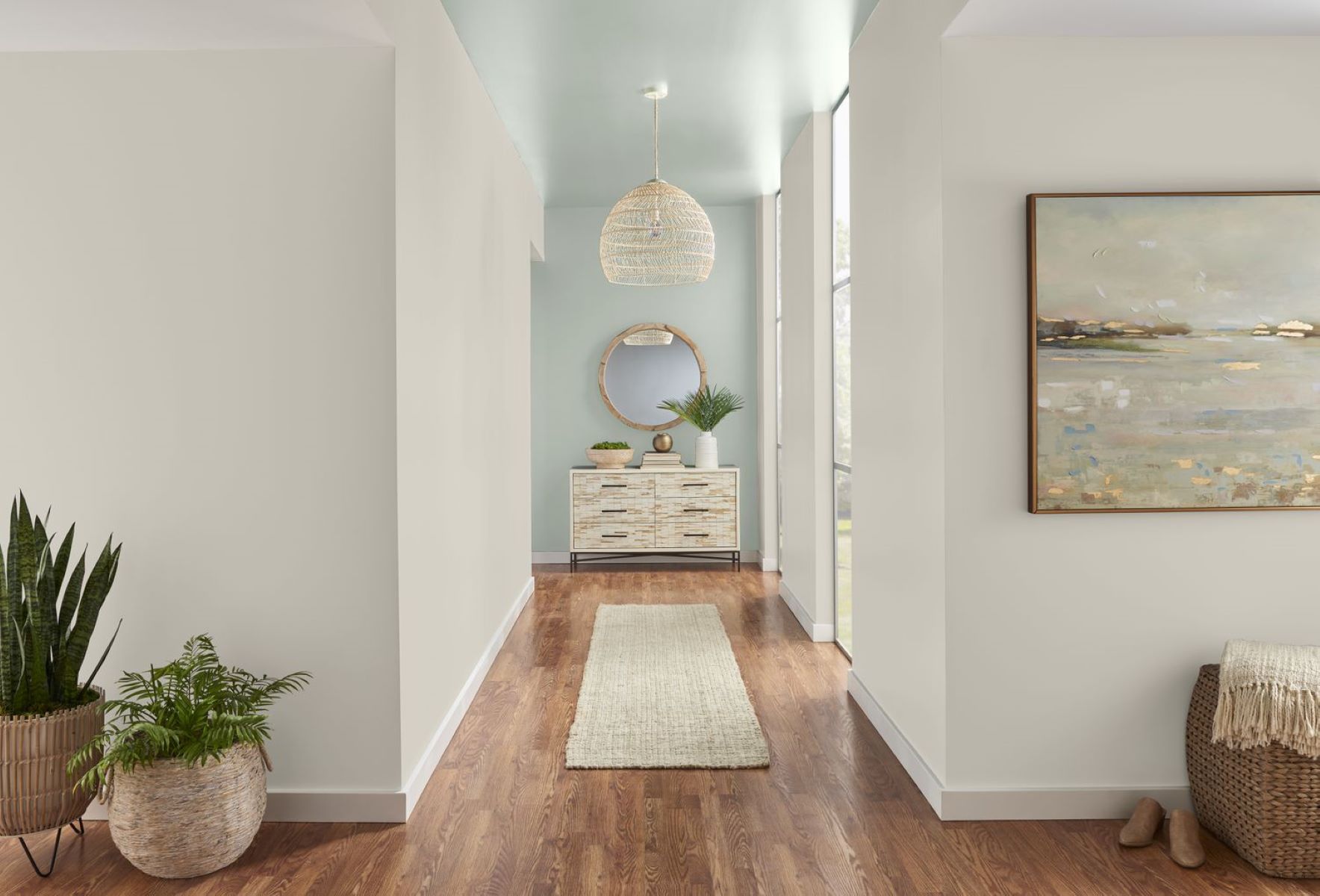Home>Gardening & Outdoor>Landscaping Ideas>How To Make Grass Color Paint


Landscaping Ideas
How To Make Grass Color Paint
Published: February 1, 2024
Learn how to make grass color paint for your landscaping ideas. Create natural and vibrant green hues for your outdoor projects. Step-by-step guide included!
(Many of the links in this article redirect to a specific reviewed product. Your purchase of these products through affiliate links helps to generate commission for Storables.com, at no extra cost. Learn more)
Introduction
Welcome to the wonderful world of landscaping and creativity! If you’re looking to add a touch of natural beauty to your art projects or simply want to experiment with creating your own unique paint colors, then learning how to make grass color paint is a fantastic place to start. This vibrant and refreshing hue can bring a sense of the outdoors into your artwork, whether you’re painting landscapes, creating nature-inspired crafts, or simply exploring the world of color.
By making your own grass color paint, you can achieve a custom shade that perfectly captures the lush, verdant tones of fresh grass. Not only is this a fun and rewarding creative endeavor, but it also allows you to have complete control over the color, consistency, and ingredients of your paint.
In this guide, we’ll take you through the materials you’ll need, the step-by-step process of creating grass color paint, and some helpful tips and tricks to ensure your paint turns out beautifully. So, let’s dive into the world of natural pigments and unleash your inner artist!
Key Takeaways:
- Create your own vibrant grass color paint by mixing yellow, blue, and white paints. Experiment with ratios and consistency to achieve the perfect shade for your artwork.
- Embrace imperfections and enjoy the process of making your own grass color paint. Use small amounts, adjust with white, and customize for your specific artwork.
Read more: How To Make Grass With Acrylic Paint
Materials Needed
Before you embark on your grass color paint-making journey, it’s important to gather all the necessary materials. The beauty of creating your own paint lies in the simplicity of the ingredients, many of which can be found in your own home or easily sourced from art supply stores. Here’s what you’ll need:
- Yellow paint: Start with a basic yellow paint as the foundation for your grass color. This will serve as the primary pigment for achieving the green hue.
- Blue paint: A deep blue paint will be used to mix with the yellow to create the green shade reminiscent of fresh grass.
- White paint: Having white paint on hand will allow you to adjust the brightness and tint of your grass color, enabling you to achieve various shades of green.
- Palette or mixing surface: You’ll need a palette or a smooth surface for mixing your paints together to achieve the desired grass color.
- Paintbrushes: Ensure you have a selection of paintbrushes in different sizes to apply and blend your grass color paint effectively.
- Water: Keep a small container of water handy for diluting and adjusting the consistency of your paint.
- Palette knife or mixing tool: A palette knife or any suitable mixing tool will be useful for blending the paints and achieving a smooth, consistent color.
- Protective covering: To safeguard your work surface, consider using a protective covering such as a plastic sheet or old newspapers.
With these basic materials in hand, you’re all set to start the exciting process of creating your very own grass color paint. Let’s move on to the step-by-step guide to bring this beautiful hue to life!
Steps to Make Grass Color Paint
Now that you have all the necessary materials assembled, it’s time to delve into the step-by-step process of making your own grass color paint. Follow these simple yet rewarding steps to create a vibrant and natural green hue that captures the essence of fresh grass:
- Prepare Your Workspace: Lay down your protective covering on your work surface to prevent any accidental spills or stains. Ensure that your palette, paints, brushes, and water are within easy reach.
- Mix Yellow and Blue: Begin by squeezing a small amount of yellow paint onto your palette. Next, add a small amount of blue paint next to the yellow. Using a palette knife or a brush, start mixing the two colors together. The blue will gradually deepen the yellow, creating a rich green hue. Adjust the ratio of yellow to blue based on your desired shade of green.
- Adjust with White: If you wish to lighten the shade or add a touch of brightness to your grass color, introduce a small amount of white paint into the mix. This will allow you to customize the color to your preference and achieve variations in the green tone.
- Blend and Test: Use your palette knife or brush to thoroughly blend the colors together, ensuring a smooth and consistent grass color. Once you’re satisfied with the shade, test it on a piece of paper to see how it appears when dry. Make any necessary adjustments to the color or consistency at this stage.
- Store and Use: Transfer any leftover paint into a sealable container for future use. Your homemade grass color paint is now ready to be used in your art projects, whether you’re painting landscapes, adding natural accents to mixed media pieces, or exploring the beauty of this unique color in your artwork.
By following these straightforward steps, you can create your very own grass color paint that reflects the lush and invigorating tones of nature. The process is not only enjoyable but also offers a sense of accomplishment as you bring a touch of the outdoors into your creative endeavors.
To make grass color paint, mix green and yellow paint together until you achieve the desired shade. Add a small amount of white to lighten the color if needed.
Tips and Tricks
As with any creative pursuit, there are always helpful tips and tricks that can elevate your results and enhance your overall experience. When it comes to making grass color paint, consider the following insights to ensure a smooth and enjoyable process:
- Start with Small Amounts: When mixing your paint, start with small quantities of each color. You can always add more as needed, but starting with a small amount allows for better control over the shade and intensity of the green.
- Experiment with Ratios: Don’t be afraid to experiment with different ratios of yellow and blue to achieve a spectrum of green shades. This exploration can lead to unique and personalized variations of grass color that suit your artistic vision.
- Gradual Addition of White: If you’re using white to adjust the brightness of your grass color, add it gradually. A little white can go a long way in altering the tint of the green, so add it incrementally while observing the changes in the hue.
- Consistency Matters: Pay attention to the consistency of your paint. If it’s too thick, add a small amount of water and mix it thoroughly to achieve a smoother texture. Conversely, if the paint is too thin, add a touch of additional pigment to reach the desired thickness.
- Customize for Your Artwork: Consider the specific application of your grass color paint. If you’re creating a textured landscape, you might want a thicker, more opaque paint. For finer details or washes of color, a slightly thinner consistency may be preferable.
- Embrace Imperfections: Handmade paint may have subtle variations and imperfections, which can add character to your artwork. Embrace these unique qualities as they contribute to the charm and individuality of your grass color.
By keeping these tips and tricks in mind, you can navigate the process of making grass color paint with confidence and creativity. Embrace the freedom to experiment and tailor the color to your artistic vision, and enjoy the journey of bringing this natural hue to life on your canvas or paper.
Conclusion
Congratulations on mastering the art of creating your own grass color paint! Through this hands-on and rewarding process, you’ve unlocked the ability to capture the vibrant and refreshing tones of fresh grass in your artwork. Whether you’re a seasoned artist or just beginning to explore the world of painting, this custom-made hue offers a unique opportunity to infuse your creations with the beauty of nature.
By following the simple steps outlined in this guide and incorporating the helpful tips and tricks, you’ve gained the knowledge and confidence to experiment with color mixing and achieve a personalized grass color that suits your artistic vision. The ability to adjust the shade, brightness, and consistency of your paint empowers you to create dynamic and captivating artwork that resonates with the natural world.
As you embark on your creative journey with grass color paint, remember to embrace the process of experimentation and discovery. Each brushstroke and blend of color adds depth and character to your artwork, reflecting the unique qualities of handmade paint. Whether you’re painting landscapes, adding natural accents to mixed media pieces, or exploring the versatility of this captivating hue, your homemade grass color paint is sure to bring a touch of the outdoors into your artistic endeavors.
So, gather your materials, unleash your creativity, and let the lush green of your custom-made grass color paint inspire your next masterpiece. With your newfound expertise, the world of color mixing and artistic expression is yours to explore and enjoy. Happy painting!
Frequently Asked Questions about How To Make Grass Color Paint
Was this page helpful?
At Storables.com, we guarantee accurate and reliable information. Our content, validated by Expert Board Contributors, is crafted following stringent Editorial Policies. We're committed to providing you with well-researched, expert-backed insights for all your informational needs.
















0 thoughts on “How To Make Grass Color Paint”